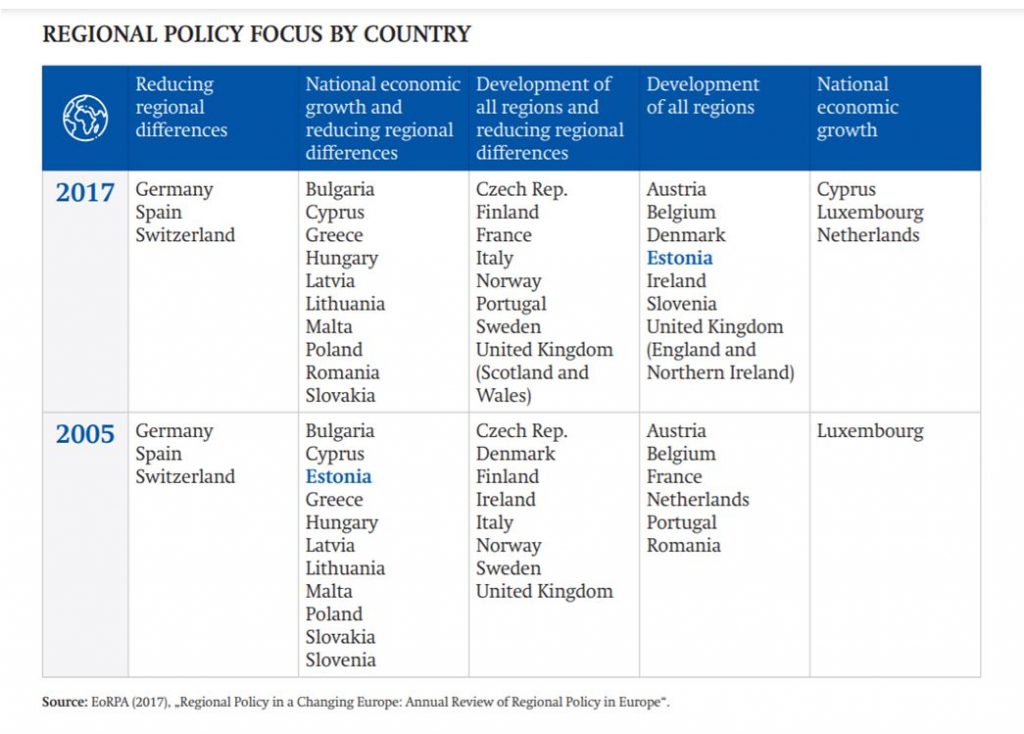Regional differences have remained fairly permanent both in Europe and around the world
Regional inequality is on the rise in developed world, but also in many developing countries.
While several large cities have been successful in increasing prosperity during the last decade many more regions have not been able to regain the pre-crisis levels of employment and productivity. The world has been split into winner and losers with the gap between the two continuing to grow.
This lack of convergence has led to discontent in the regions left behind as people feel treated unfairly and have a sense of hopelessness about the future. This in turn poses challenges to the society by threatening political stability, social cohesion and economic development. The standard toolbox of economic policy – neoclassical models – provides worryingly little guidance in mitigating the issue of regional inequality since it disregards the problem by suggesting eventual convergence in long term. However, the current post-crisis experience points to the opposite – open globalising economy lacks self-correcting regional convergence mechanisms. Contrary to the theoretical expectations the success of big cities has not spread to the rest of the regions. Moreover, this divergence is driven by broad structural changes in the world economy that are likely to endure (e.g. jobless growth, skills needed in new economy are prevalent in big cities, globalisation induced relocation of businesses to low-cost countries etc.).
In addition, labour mobility as a convergence mechanism has been overestimated. All this suggests that to understand and guide national economic development the role of ‘space’ should be taken more seriously than in classical models. We should instead look for answers in alternative theories of regional growth and development. These pay more attention to place specific regional capabilities, agglomeration forces and externalities, institutions, innovation system etc.
Full convergence is, of course, not a reasonable goal since structural factors (capital, labour, technology, institutions), which both enable and constrain economic growth in short and medium term, change slowly. This means that each regions has its own development trajectory and potential. Yet, in light of the triumph of star cities it is easy to overlook the potential of middle-size and small regions. This might be costly – as recent European experience shows many of these regions have been important sources of national growth. Instead of focusing only on cities the regional policy goal should be to maximum extent make use of and develop each region’s development potential. And while both growth factors internal and external to regioon are important here, the focus should be on the former since only these can form a basis for longterm sustainable growth. Furthermore, the role of purposeful actions by individuals in shapingthe regional ‘futures’ should not underestimated, including the contribution of institutional entrepreneurship and place leadership to support the innovative endeavours of local entrepreneurs.

Author: Kadri Kuusk, University of Lund

 An independent think tank at the Riigikogu
An independent think tank at the Riigikogu